We are pleased to announce that we are re-starting our classes after the COVID-19 pandemic break.
The restrictions which are still in place will not allow us to exercise at our full potential and train with partners for the moment. For this reason our first month(s) of post-COVID activities will have a restricted time table, matched by a reduced monthly fee. The lessons we can offer at the moment will be very similar to the ones in my videos which you can watch by following this link: contactless, COVID safe and still lot of fun. We will be offering the following:
- Opening from 1st September
- 3 lessons per week, Tue and Thurs at 7, Sunday at 5 at Kelsey Kerridge
- 1 hour lessons
- 20 minutes warm-up followed by 40 minutes techniques and combinations in front of the mirror with shadow boxing
- classes limited to 21 people max (at Kelsey Kerridge), including instructors
- Monthly fees at 50% of your current fee charged by direct debit (or cash for the few who were paying cash)
- We’ll continue these terms and schedule until further relaxation of COVID restrictions when we can hopefully go back to standard training regime and schedule
We are looking forward to seeing many of you back at training; please join us from 1st September at 7pm.
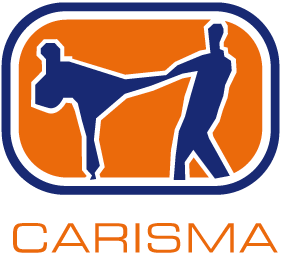

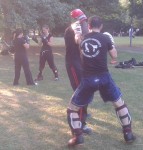


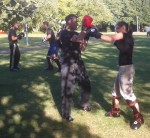

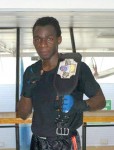
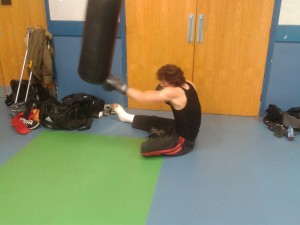 There is quite common saying, in traditional martial arts schools, when you hurt one of your hands or feet: “you have another hand and two feet, you can still fight!”
There is quite common saying, in traditional martial arts schools, when you hurt one of your hands or feet: “you have another hand and two feet, you can still fight!”